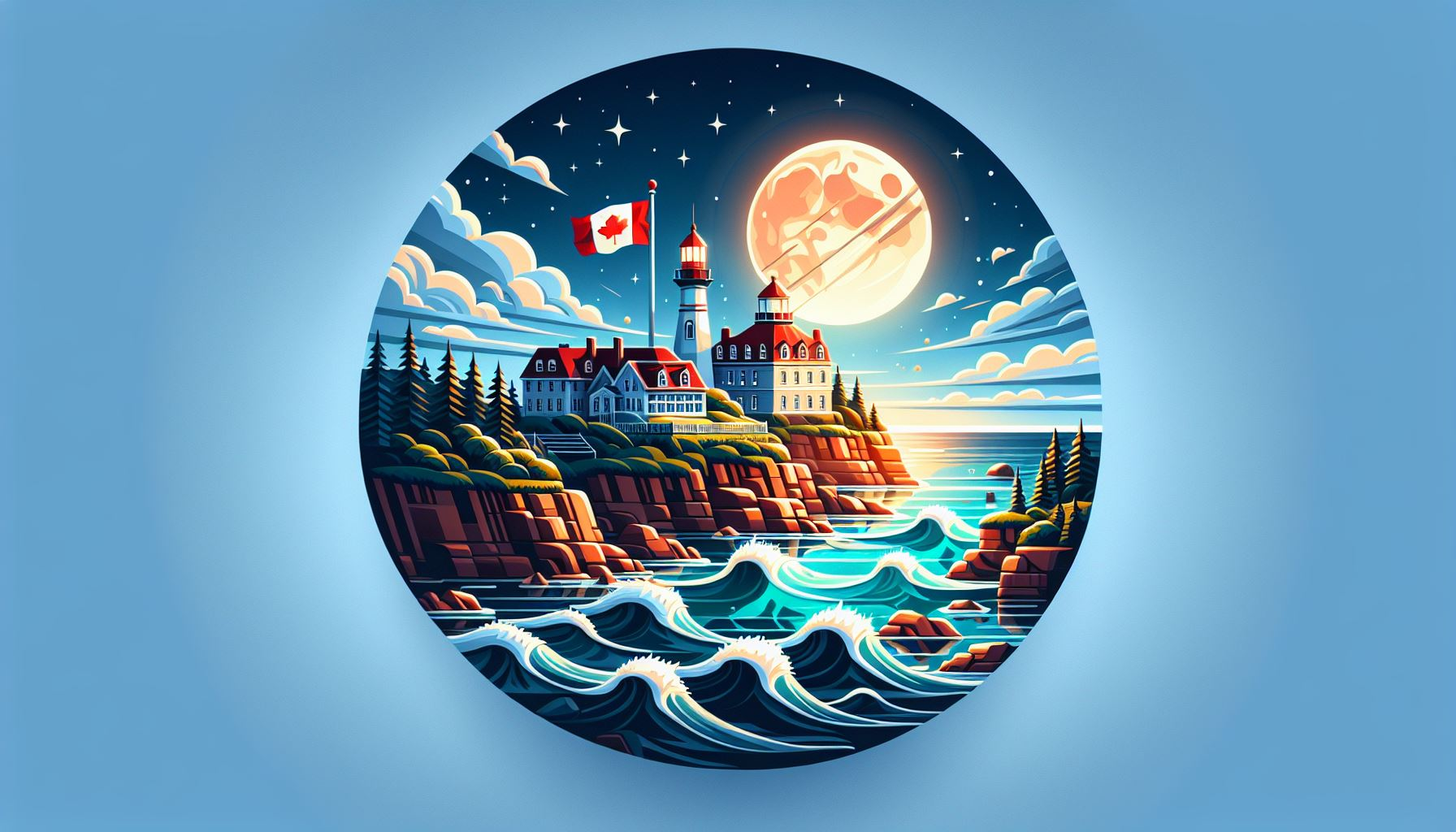Prince Edward Island: It’s More Than Red Sand and Potatoes
Prince Edward Island (PEI) might be tiny, but this charming island is packed with scenic beauty, rich history, a friendly island spirit, and a surprising number of hidden gems.
Get ready to have your mind blown by these fun facts about Prince Edward Island (PEI)
Mind-blowing Facts
-
Anne’s Land: PEI is a pilgrimage for fans of “Anne of Green Gables”! Explore the world of Lucy Maud Montgomery, beloved author of the classic books.
-
Red Sand Beaches: Sink your toes into the distinctive red sand beaches that line the island’s coast – the iron oxide in the soil creates this unique hue.
-
Potato Powerhouse: PEI might be small, but it’s a major potato producer, known for its delicious spuds used globally.
-
Confederation Birthplace: In 1864, Charlottetown hosted the conference that led to Canada’s birth as a nation, earning PEI this historical claim to fame.
-
Tiny but Mighty: PEI is Canada’s smallest and most densely populated province, packing a lot of charm into a compact area.
-
Seafood Feast: Indulge in fresh lobster rolls, succulent mussels, and the best oysters you’ve ever tasted – PEI is a seafood lover’s paradise!
-
Gentle Landscapes: Explore rolling hills, picturesque farmland, and charming seaside towns that create a peaceful, idyllic island escape.
-
Lighthouses Galore: PEI boasts over 60 lighthouses dotting its shores, from historic towers to charming beacons, guiding mariners and adding to the scenic beauty.
-
Cycling Haven: With relatively flat terrain and dedicated trails, PEI is a fantastic place to explore by bike, whether you’re a casual cyclist or an enthusiast.
-
The Singing Sands: Listen closely at Basin Head Provincial Park – the unique sand “sings” or squeaks underfoot due to its composition and shape.
-
Wind Power Pioneers: PEI is taking strides toward renewable energy, with wind turbines dotting the landscape and generating sustainable power.
-
The Confederation Bridge: This engineering marvel is the longest bridge in the world crossing ice-covered water and connects PEI to mainland New Brunswick.
-
Cow’s Creamery: Treat yourself to some of the best ice cream in Canada, made with fresh local ingredients by this iconic PEI company.
-
Festivals Galore: PEI loves to celebrate! From the Shellfish Festival to the Fall Flavors culinary celebration, there’s always a lively event to enjoy.
-
Welcoming Islanders: Expect warm hospitality and genuine kindness. People here embrace the slower pace of island life and are happy to share it.
Conclusion
Prince Edward Island is a delightful blend of natural beauty, culinary delights, rich history, and a welcoming island spirit. Whether you’re seeking a quiet seaside escape, a literary pilgrimage, or simply a taste of Maritime charm, PEI offers a unique and unforgettable Canadian experience.

